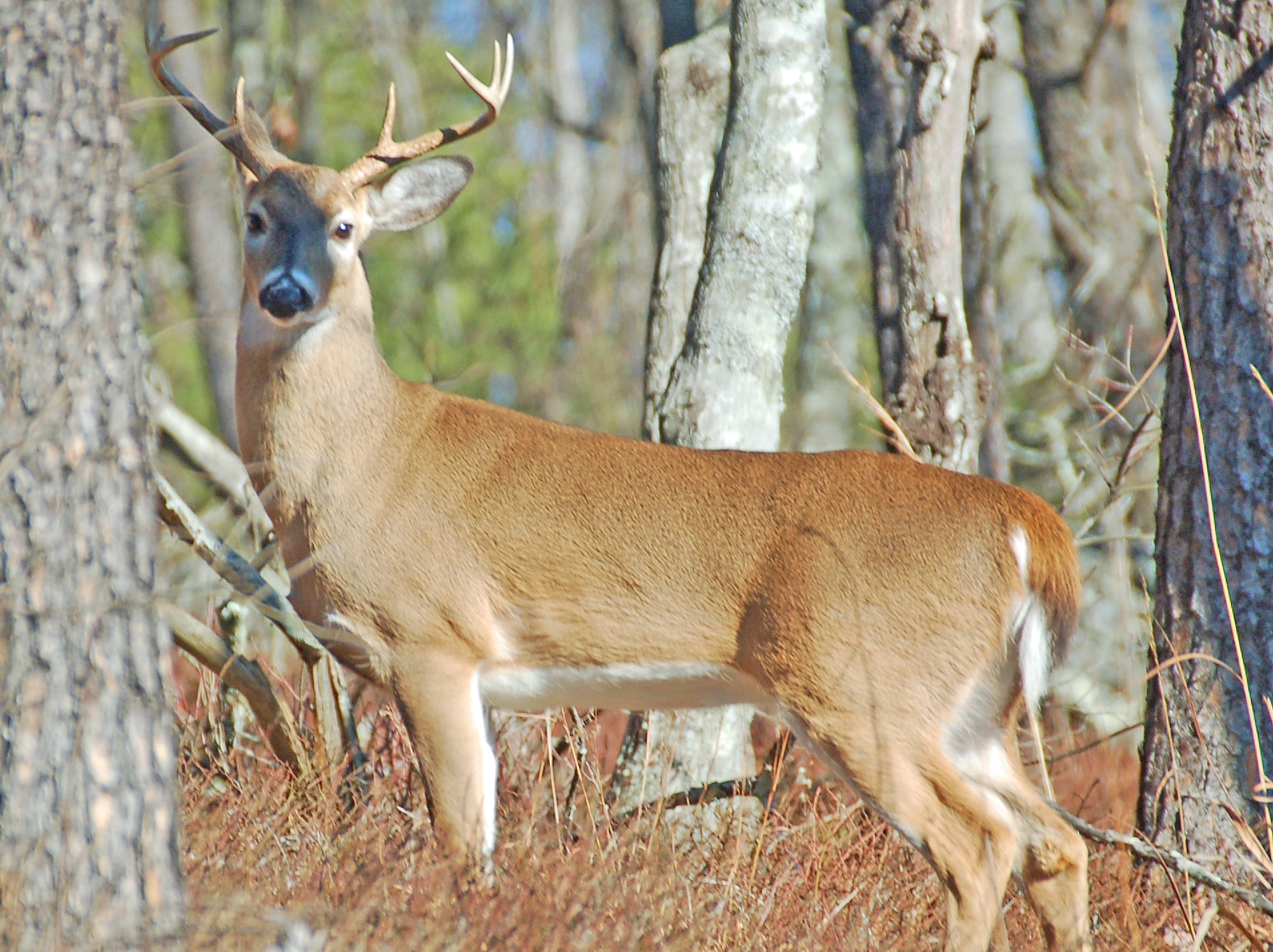By DAVID RAINER, Alabama Department of Conservation and Natural Resources
Alabama’s first case of chronic wasting disease (CWD) was confirmed last week in northwest Alabama, and Chuck Sykes, Director of the Alabama Wildlife and Freshwater Fisheries (WFF) Division, urges all hunters and concerned citizens not to overreact.
“The main message I want to relay to people is that this is not the end of the world,” Sykes said. “We’re not going to kill all the deer. We just need to understand the distribution and prevalence of it in this area so we can adapt.”
After CWD was confirmed in a hunter-harvested deer in Lauderdale County, ADCNR enacted a new regulation for Lauderdale and Colbert counties, as outlined in Alabama’s CWD Surveillance and Response Plan. All of Lauderdale and Colbert counties are designated as a CWD Management Zone (CMZ). The area west of U.S. Highway 43 in Lauderdale County to the Mississippi and Tennessee state lines and south to the Tennessee River is designated as a High Risk Zone (HRZ). The remainder of Lauderdale County and all of Colbert County is designated as a Buffer Zone.
The regulation also removed harvest restrictions within the CMZ. Hunters will have no seasonal or daily bag limit restrictions and no antler restrictions (antlered and unantlered) for deer harvested on privately owned or open-permit public lands in Lauderdale or Colbert counties through the remainder of the 2021-2022 deer season. Also included are the following Wildlife Management Areas (WMA) and Community Hunting Areas (CHA): Lauderdale WMA, Freedom Hills WMA, Riverton CHA, and Seven-Mile Island WMA. On those WMAs, hunters will be allowed unlimited harvest of deer of either sex daily through February 10, 2022. These changes do not apply to any other county, WMA or CHA in the state.
Hunting license and Game Check requirements remain in effect for all white-tailed deer harvests. For WMA Hunters, daily WMA and CHA check-in and check-out will continue to be required by either physical permit or through the Outdoor AL app.
Hunters who harvest any deer within the HRZ in Lauderdale County are required to submit heads for CWD testing at drop-off freezer locations or at scheduled ADCNR mobile sampling stations. Hunters who harvest deer within the Buffer Zone are highly encouraged to submit heads for sampling at drop-off freezer locations within the CMZ.
Sykes said the more samples that are collected in the affected areas, the better WFF officials will understand the extent of the impact on the deer herd. He said the sampling and testing could reveal different scenarios. He said in Issaquena County, Mississippi, the first positive CWD test occurred in February 2018. The next time a deer tested positive for CWD in that Mississippi county was in December 2021.
“Or are we dealing with a Hardeman County, Tennessee, that found one, then found 10, then found 50,” Sykes said. “At that point in time, we will decide what is the best way to proceed. We’ve had a CWD plan in place since 2012. We’ve been CWD testing since 2002.”
Visit www.outdooralabama.com/CWD-In-Alabama and go to the bottom of the page to download a copy of the 35-page Alabama Chronic Wasting Disease Strategic Surveillance and Response Plan.
“This has not caught us off guard,” Sykes said. “This is not a surprise. We’ve been telling people this was coming. It came from right where we expected. Natural progression held true.”
CWD is a member of the group of diseases called transmissible spongiform encephalopathies (TSEs). CWD among cervids is a progressive, fatal disease that alters behavior due to microscopic changes in the brain of affected animals. An infected animal may not exhibit symptoms of the disease for years. In latter stages of the disease, effects may include listlessness, lowering of the head, weight loss, repetitive walking in set patterns and a lack of responsiveness.
“People don’t need to panic,” Sykes said. “We’ve been preparing for this. We’re taking the good, bad and ugly on how other states have handled CWD, and we’re doing what we feel is best for the resources of Alabama.
“There has been some misinformation shared on social media. We’re not trying to starve people by killing all the deer. We’re not trying to eradicate the deer. We need to know if it’s one deer with CWD there or 10 or 100. The best way we can do that is for hunters to bring us samples.”








